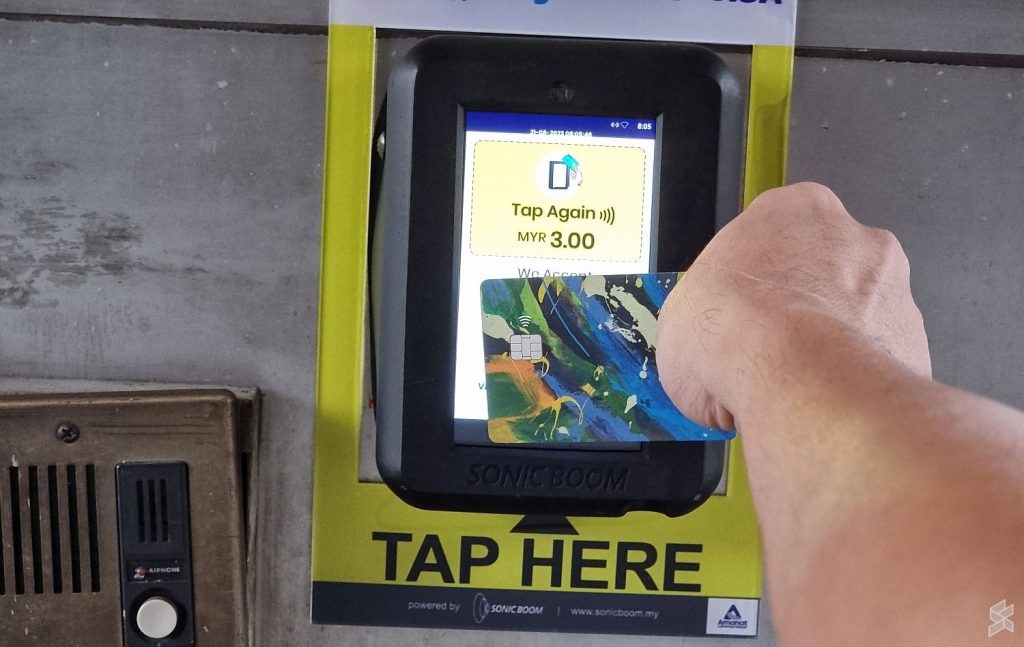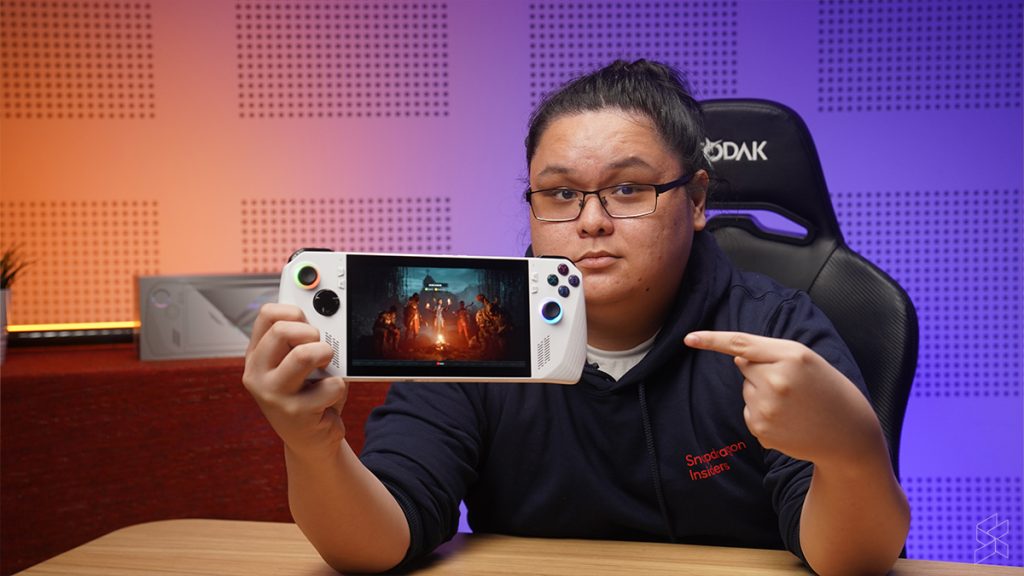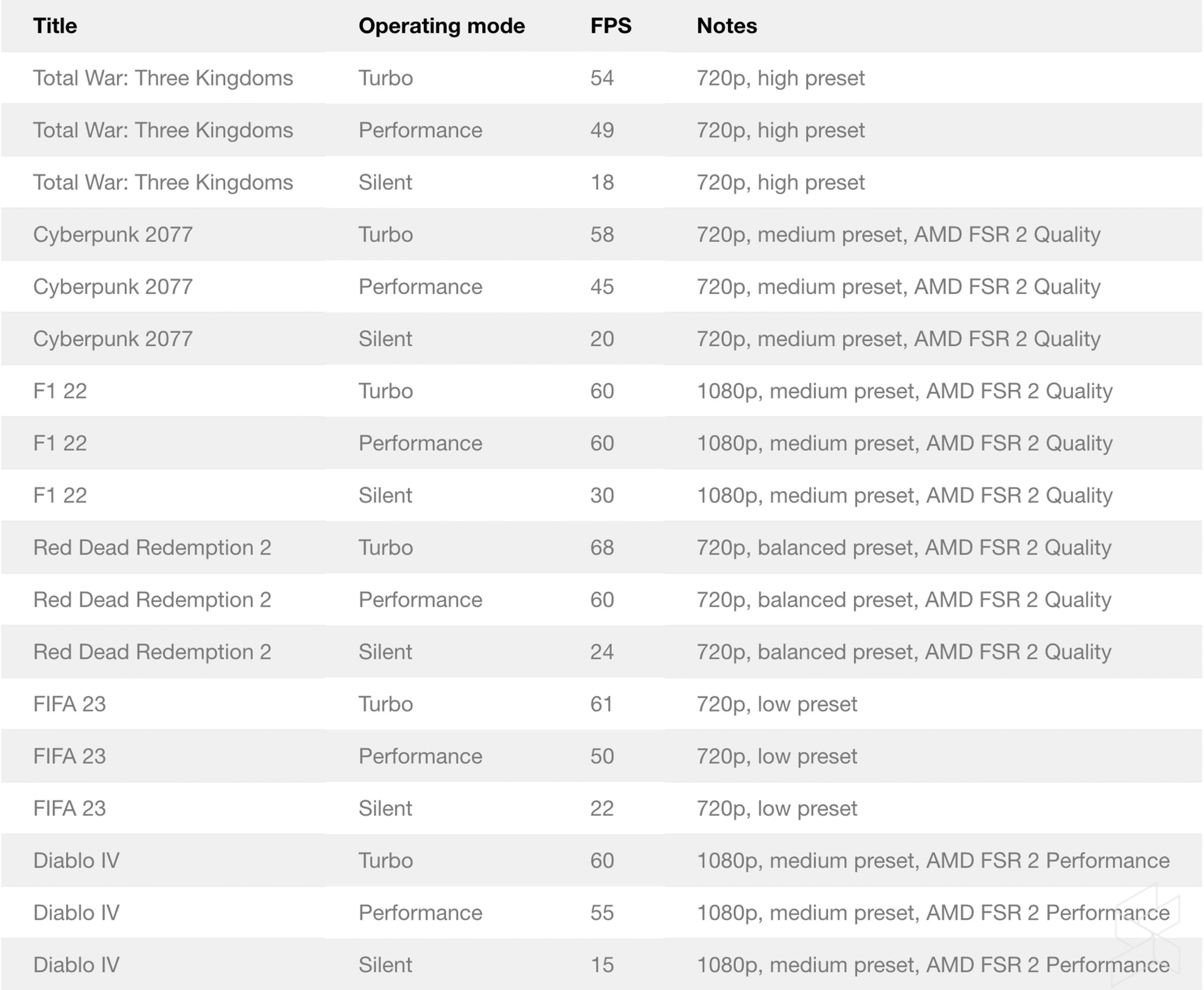Welcome back to another episode of Ask Us Anything, where we gather your questions from the internet and answer them.
In today’s episode, we’ll find out the difference between optical image stabilisation and electronic image stabilisation on smartphones, if Google Pay can be used to pay tolls, and if you can run games on the ROG Ally at 720p on high graphic preset.
What’s the difference between OIS and EIS?
One of the most significant differences between OIS and EIS is in the implementation. OIS is hardware based while EIS is software based. But both are essentially a means to keep the image steady.
Optical Image Stabilisation
Let’s start with OIS which stands for Optical Image Stabilisation and is primarily used when shooting photos. In smartphones with OIS, the camera lens is attached to a motor or electromagnets and springs. This allows the lens to move and gives the impression that it’s floating. The OIS controller uses data from the gyroscope sensor to analyse the phone’s movement.
It then moves the lens in the opposite direction to compensate for the external movement. For example, if your hand moves to the left, the OIS system moves the camera lens to the right. The most common type of OIS system can move the lens on two axes which are the horizontal and vertical axes.
On some smartphones like the Oppo Find X5 Pro, the OIS system can move on 5 axes. The first two movements come from moving the lens on the horizontal and vertical axes. The remaining three movements come from moving the image sensor on the horizontal and vertical axes, and rotation by a couple of degrees.
By using OIS, the framing of your image is maintained and does not shift, thus ensuring that the stream of light passing through is not disturbed. You may not notice the effects of OIS on a photo when light is abundant because the shutter speed is fast. But in low-light situations where the shutter speed is reduced to allow for more light capture, that’s when OIS comes to the rescue to help keep a steady flow of light to the image sensor, resulting in a sharp image.
However, OIS has only a limited range of movement to compensate for external movements. So minor shakes from unsteady hands are fine, but don’t go waving the phone around, hoping for a miracle.
As you can tell by now, OIS makes the adjustments before the light hits the sensor.
Electronic Image Stabilisation
EIS or Electronic Image Stabilization on the other hand makes the adjustments after the light data is captured. It relies purely on software; therefore, the quality of the end product is dependent on how well the software is implemented. By comparison to OIS, EIS is primarily used when shooting videos.
It works by cropping into or zooming into the image, which you might have noticed when switching from photo to video mode. By doing so, it creates a buffer zone around the image. Now the processor can digitally move the image within the margins of that buffer zone to compensate for shakes. So, for example, if you move the camera to the left, the processor will move the image to the right.
Before machine learning was a thing on smartphones, the software would only try to keep the cropped frame stable. With machine learning, the phone can use AI to understand the scene and identify the subject to efficiently stabilise the video and cope better with moving subjects.
But the downside is that you will be getting a lower-quality video since the image is digitally zoomed in and the video will exhibit a jelly effect.
This happens because the EIS system is waiting for the movement first before it makes the correction. So, when you move or pan the phone around, it feels like there is a delay between the phone moving and the image on the screen moving. Think of it like input latency.
Combining OIS and EIS
Now, since OIS uses a mechanical system, the delay from having to wait for them to move would not be as fast as EIS to compensate for video shakes. On the other hand, EIS will not work well for photos since the light has already shifted before it hits the sensor.
Therefore, smartphone manufacturers have combined OIS and EIS solutions to help offset the disadvantages of each system and give you the best of both worlds. For photos, especially when using night mode, EIS adds an additional layer of stabilisation on top of OIS.
Meanwhile, videos will have a smaller crop or be zoomed-in less as EIS requires a smaller buffer margin thanks to OIS. This results in an overall, higher-quality image.
Using Google Pay to pay tolls?

As of today, you can choose to pay for tolls with either a Mastercard or Visa card at 12 highways throughout the country thanks to the implementation of the open payment system.
We recently did a video to test this system using a combination of Visa and Mastercard payment cards and mobile payment services like Samsung Pay and Apple Pay. They all worked. But we didn’t test using Google Pay.
However, since Google Pay essentially implements the same working principles using NFC as Samsung Pay and Apple Pay, and the payment cards stored on it are on either the Mastercard or Visa payment network, it will work with the toll payment system.
Can the ROG Ally run games at 720p on a high graphic preset?

In Malaysia, we get the higher variant of the ROG Ally powered by the new AMD Ryzen Z1 Extreme processor together with 16GB of LPDDR5 RAM.
The Ally comes with three operating modes or power modes to choose from. Silent channels 10W of power to the processor to improve battery life, Performance Mode gives 15W of power and Turbo Mode nets you 25W of power, but jumps to 30W while plugged in.
Despite having the word Extreme in its name, it is still a mobile processor, thus being constrained to power and thermal limits. So it is going to need some help to fill in the performance shortcomings. This is where AMD’s upscaling software, Fidelity FX Super Resolution or FSR comes in.
If you wish to play modern AAA games on the Ally at 720p or higher and exceed 30fps, then you will need to plug it in to get the full 30W of power and enable FSR. Mr Raymond ran a couple of games to benchmark the Ally for his review and this is the summary of his result.

As you can see, Total War: Three Kingdoms is able to hit 54fps on 720p at high presets while Cyberpunk 2077 managed 58fps at 720p on medium preset with AMD FSR 2 turned on and set to quality mode. On the other hand, F1 22 managed to run smoothly at a higher 1080p resolution. FIFA 23 meanwhile doesn’t have support for AMD FSR, therefore, to get 60fps at 720p, the graphic preset was turned down to low.
Therefore, it boils down to the game genre, graphic complexity, and whether the game was designed with lower-powered systems in mind. So platformers like Ori and the Will of the Wisps, Limbo, and Little Nightmares should run at higher resolution and graphics settings.
Since the ROG Ally is quite a popular device, you can probably find performance numbers for the games you want to play. You can also check out Mr. Raymond’s full review of the ROG Ally to get his take on it.




















